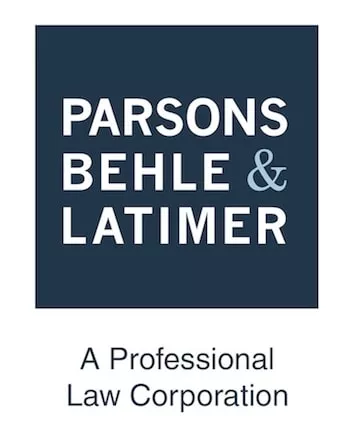Generative artificial intelligence (AI) tools are quickly carving out their place in the engineering workflow. Whether used for software development, computer-aided design (CAD), optimization, error correction, data analysis or one of the many other useful applications of AI, it is rare to find an engineered product that has not, in some way, been affected by AI. Which leads to an increasingly common question among tech entrepreneurs: Can I patent an invention created using generative AI?
The answer is, yes! You can patent an invention created using generative AI so long as you can name at least one natural (i.e., human) inventor. In patent law, the term "inventor" is defined as "the individual or, if a joint invention, the individuals collectively who invented or discovered the subject matter of the invention"1 The patent office has clarified that "[i]n the context of AI-assisted inventions, natural person(s) who create an invention using an AI system, or any other advanced system, must contribute significantly to the invention."2 However, the patent office also cautions that "[m]erely recognizing a problem or having a general goal or research plan to pursue does not rise to the level of conception."3
What this means is that you can patent an invention created using AI, but a human must have also contributed significantly. In practice, this is usually the case. After all, it generally takes a knowledgeable human to provide a good prompt to a generative AI engine. Nevertheless, here are some steps you can take to avoid complications when filing a patent application for an invention made using AI.
1. Generate AI prompts that propose a solution to an engineering design problem as opposed to merely recognizing a problem. For example, directing a generative AI engine to "fix this design so the joint does not break under stress" could be viewed as merely recognizing a problem, without contributing significantly. On the other hand, directing the engine to "design a reinforcement bracket that will stabilize this joint while also providing sufficient flex to avoid cracking" may, by proposing a bracket, sufficiently contribute to the solution to ensure a human being may be named as an inventor.
2. Record and store each prompt used for generative AI in the design process. Even if not submitted to the patent office or included as part of the patent application, these prompts can help your patent attorney determine the scope of the invention and the significance of each inventor's contributions to the patent claims.
3. Contact a registered patent attorney who is familiar with patenting AI assisted design and can also help guide you through the patenting process in general.
At Parsons Behle & Latimer, we have the expertise to help you protect your intellectual property, including expertise using patents to protect inventions made using generative AI. Let us know how we can serve you to ensure that your intellectual property is secure.
Footnotes
1. 35 U.S.C. 100(f).
2. 89 Fed. Reg. 10048 (February 13, 2024).
3. Id.
The content of this article is intended to provide a general guide to the subject matter. Specialist advice should be sought about your specific circumstances.



